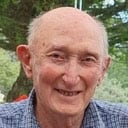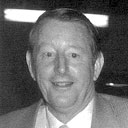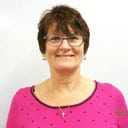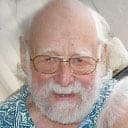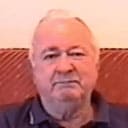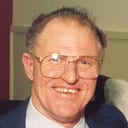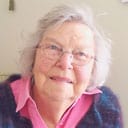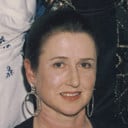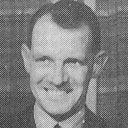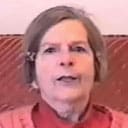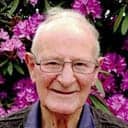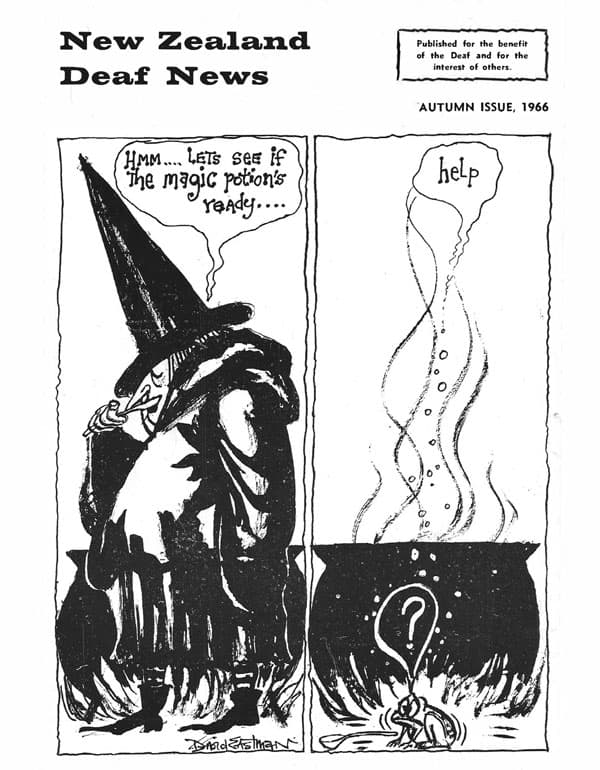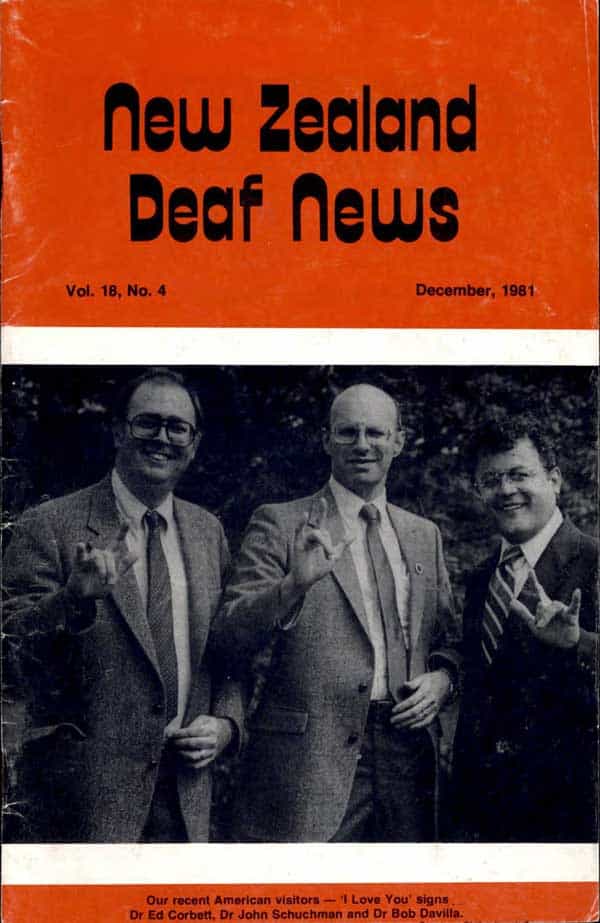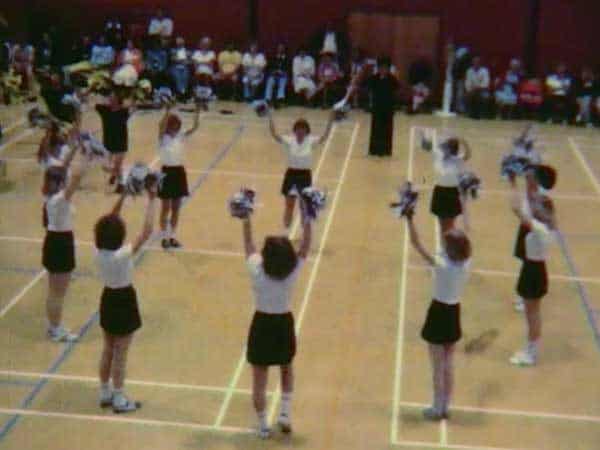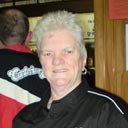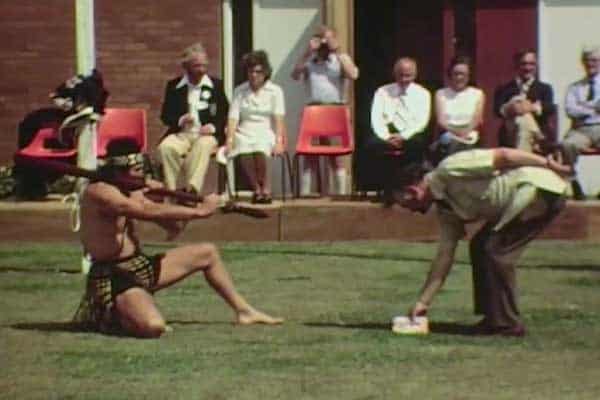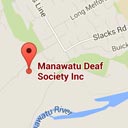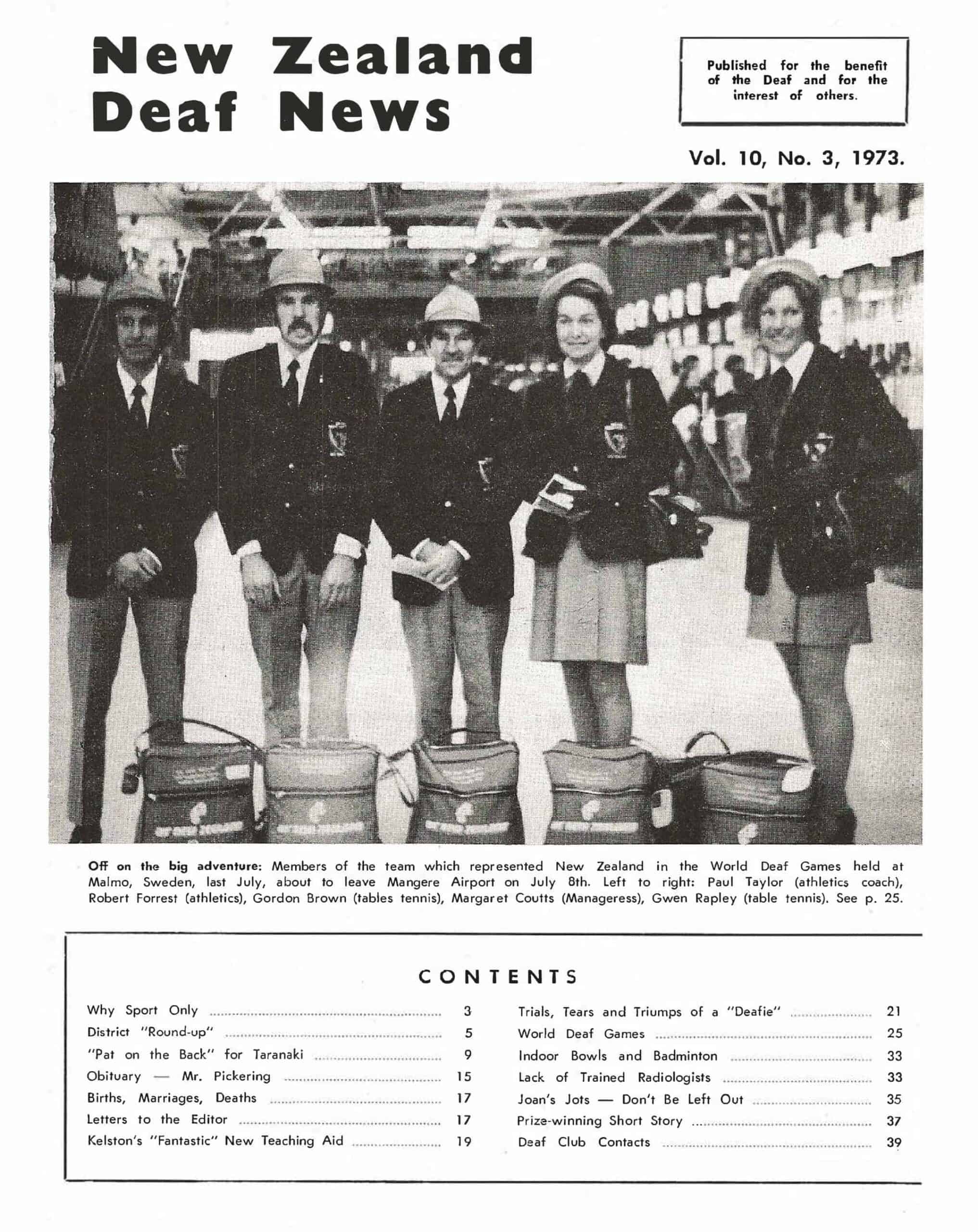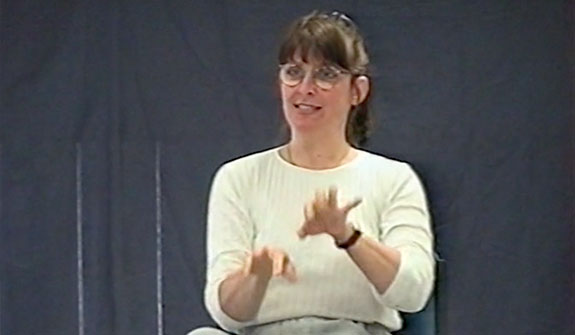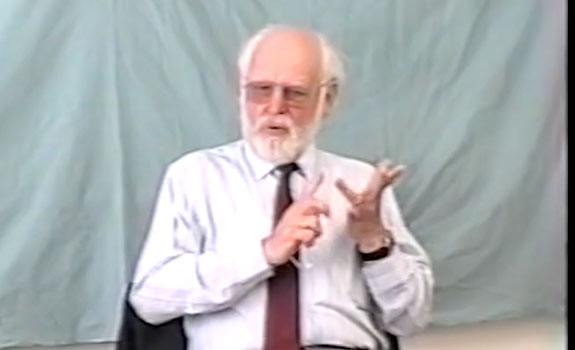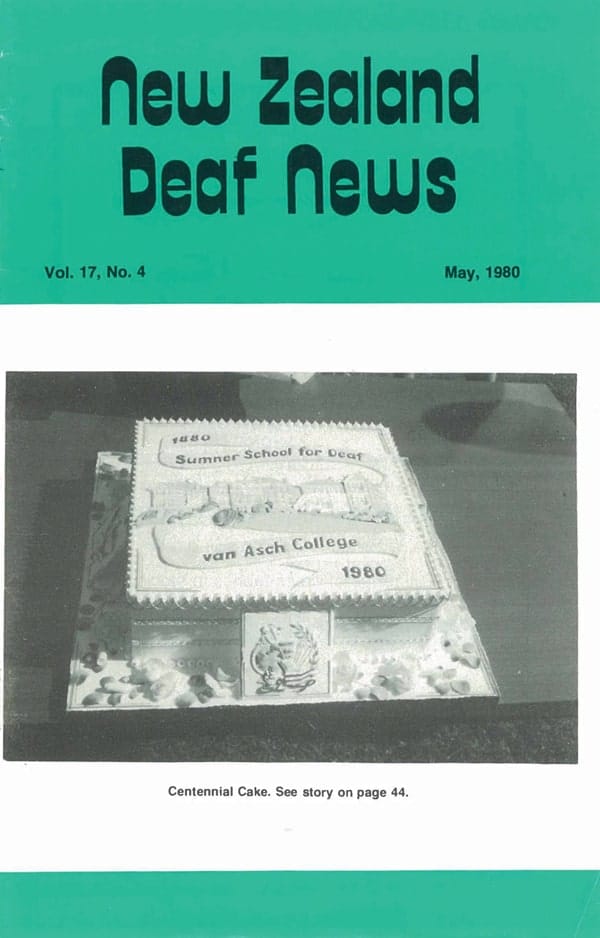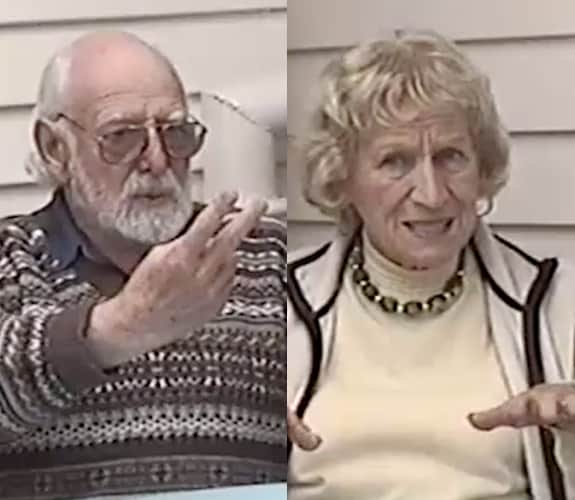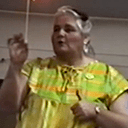NZ Deaf News: June 1981 (Vol. 18, No. 2)
Some of the items featured in the June 1981 (Vol. 18, No. 2) issue of ‘New Zealand Deaf News’:
- NZAD now employs three Deaf Field Officers, John Hunt, David Chilwell and Pat Dugdale.
- A full report on the 1981 NZ Indoor Bowling Championships for the Deaf. Auckland hosts the annual New Zealand Deaf indoor bowls championships, with nearly 150 people attending the social on Saturday night.
- A newly formed tramping club has been established in Christchurch with lots of keen members, getting prepared for long weekend tramps!
- The NZ Deaf Sports Team will depart for the 14th World Deaf Games in July and return back to Kiwiland in August.
- The 3rd Trans-Tasman Deaf Games will be in Melbourne, Adelaide and Sydney on 27 December to 11 January 1982. NZ will send teams of men's basketball, netball, badminton and lawn bowls.
- A full itinerary for Gallaudet College Educational Specialists to visit New Zealand in October 1981.
- Deaf Organisations
- TV/Media

